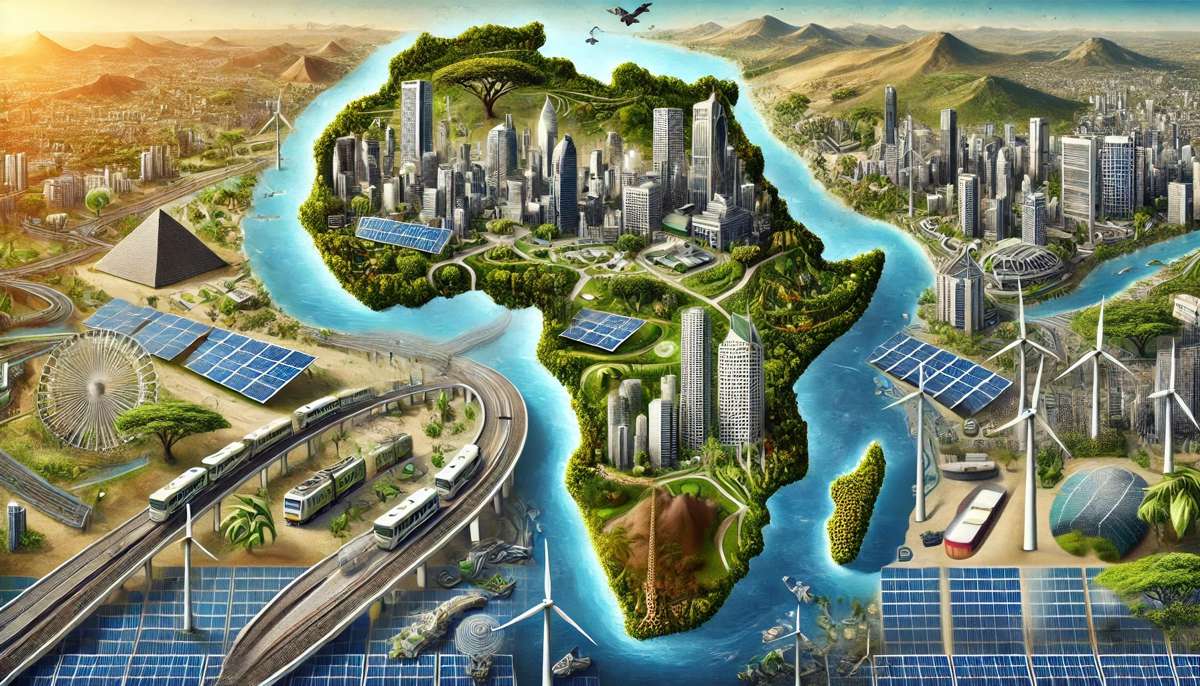World Bank funds $130.8m road infrastructure upgrade in Uganda’s West Nile sub-region
The World Bank Board of Directors today approved a grant of $130.8 million from the International Development Association (IDA) to ease the movement of goods and people and improve access to social services and job opportunities in the refugee hosting districts in the West Nile sub-region of Uganda. It is financed through the IDA18 Window for Host Communities and Refugees.
The Uganda Roads and Bridges in the Refugee Hosting Districts Project will upgrade 105 kilometre (km) Koboko-Yumbe-Moyo road from gravel to bitumen and strengthen the institutional capacity of the Uganda National Roads Authority to manage environmental, social, and road safety risks.
“This road project marks our re-engagement and strong support for the transport sector, a key development pillar in Uganda. We expect it to bring economic and social benefits to both hosting communities and refugees and reduce the income disparities between West Nile and the rest of Uganda,” said Tony Thompson, World Bank Country Manager.
Uganda is the “land bridge” for the rest of the Great Lakes region, connecting its landlocked neighbours to coastal countries. The project will foster greater regional integration through trade with DRC and South Sudan, reduce travel time, and create employment for youth and women.
The transport sector contributes to about 3 percent of the country’s GDP. About 95 percent of freight traffic and 99 percent of passenger traffic takes place on Uganda’s road network. The traffic volume on the network has been growing at a rate of about 6 percent per year.
Uganda currently hosts the largest number of refugees in Africa and the third largest in the world. Around 57 percent of the 1.4 million refugees living in Uganda live in the northern region, having come from South Sudan and the DRC. The historical lack of development in West Nile, a sub region in the North, combined with the continued inflow of refugees, has added to pressures on existing public services and infrastructure. Most refugee settlements are in rural and remote locations that increase the challenges for local economic development, thereby posing significant development challenges to both refugees and host communities.
The Government has prioritised interventions that create economic opportunities that benefit both refugees and host communities as a means of enhancing self-reliance and alleviating pressure on existing public service delivery and infrastructure. About 54 percent of refugees still depend on humanitarian assistance as their main source of livelihood. The proposed road corridor is the lifeline for the host and the refugee population of the districts of Koboko, Yumbe and Moyo and passes close to Bidibidi (the most populous refugee settlement in Africa), Lobule, and Palorinya refugee settlements directly impacting 360,177 refugees and indirectly benefiting 810,529 refugees within the region.
“This road corridor connects DRC and South Sudan through Uganda, and it is an alternate route to reach the northern part of the country from Kampala and many other parts of Uganda. This will provide a safe and reliable conduit for travel of goods and people all through the year, thereby contributing to the economic growth of the region,” said T Pratap, Senior Transport Specialist and World Bank’s Task Team Leader for the project.
The Koboko-Yumbe-Moyo project complements other transport investments by the World Bank Group in Uganda. The Bank is also financing the rehabilitation of the 340km Tororo-Mbale-Soroti-Lira-Kamdini road under the Uganda North Eastern Road-corridor Asset Management Project and construction of the 100km of the Kyenjonjo-Kabwoya road under the Albertine Region Sustainable Development Project.
Through the Uganda Forced Displacement Program, the Bank is providing grant finance to various interventions to support host communities and refugees. Social services and community infrastructure are being strengthened and sustainably managed in the West Nile under the Development Response to Displacement Impacts Project , the Uganda Secondary Education Expansion Project and the pipeline Uganda intergovernmental Fiscal Transfer Project. Uganda Integrated Water Management and Development Project is transitioning humanitarian water supplies to sustainable development managed utilities. The Investing in Forests and Protected Areas for Climate-Smart Development Project plans to strengthen forestry and land degradation which will complement environmental safeguards of the road construction while the Uganda Support to Municipal Infrastructure Development Programme-Additional Financing (USMID-AF) is helping improve infrastructure and land tenure security in refugee-hosting districts.
UNRA will implement the project in collaboration with the Office of the Prime Minister, Ministry of Works and Transport, Ministry of Gender, Labour and Social Development, Ministry of Local Government and the Ministry of Lands, Housing and Urban Development.
World Bank Program in Uganda
The World Bank Group, one of the largest sources of funding and knowledge for developing countries, has financed 10 transport operations in Uganda since 1965. The Bank’s current portfolio in Uganda comprises 24 operations for a total commitment of US$2.8 billion.




















